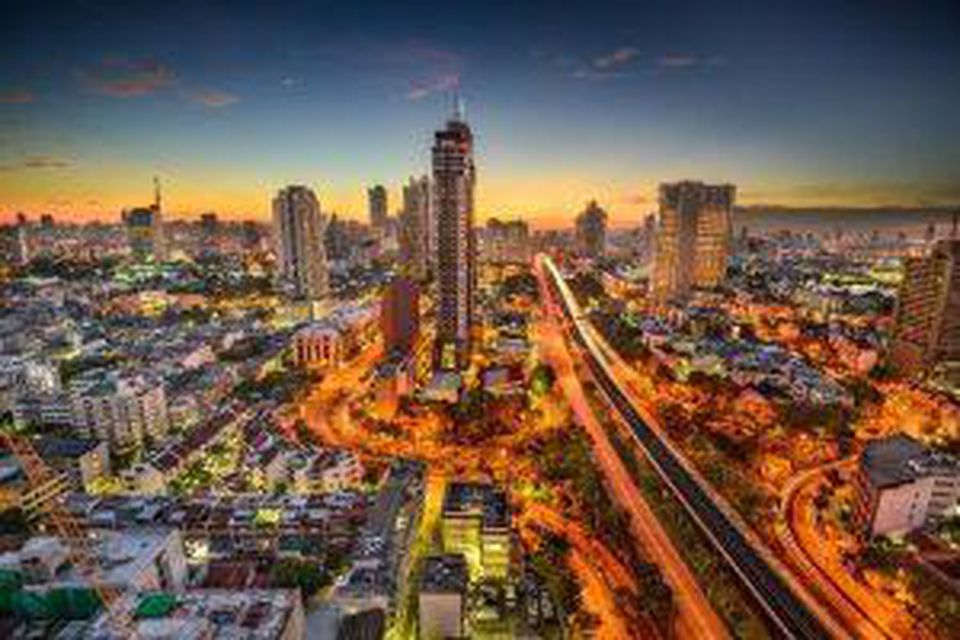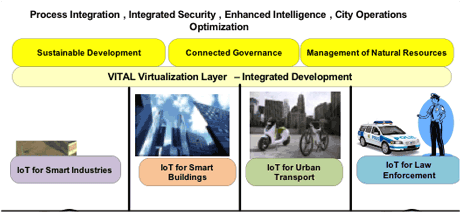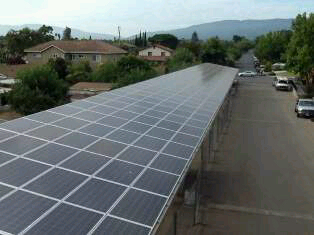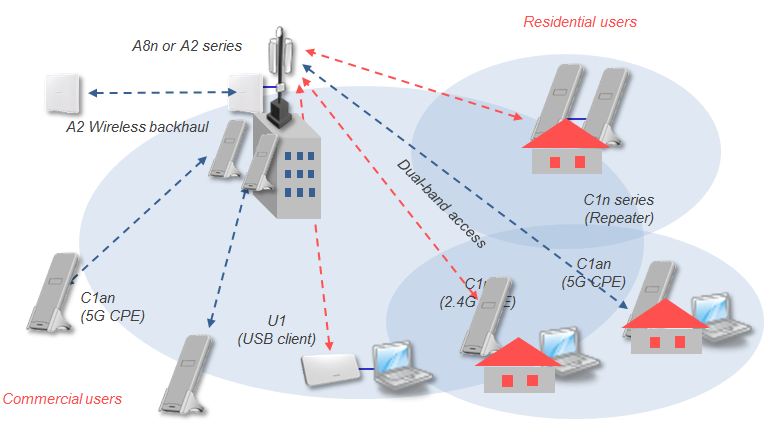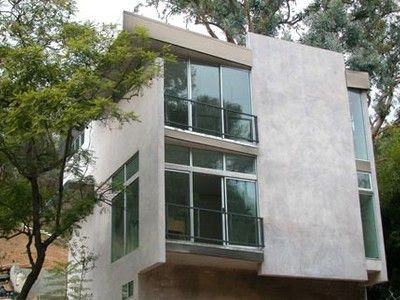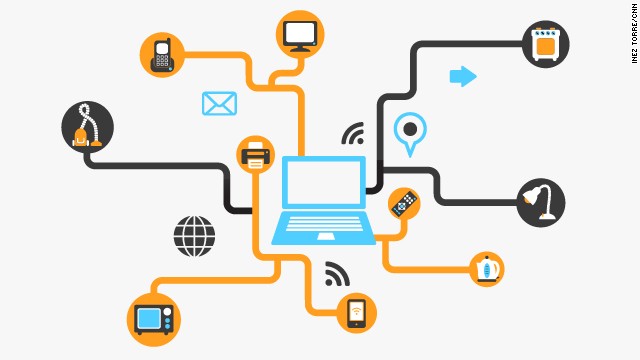Forbes Energy #Economy
APR 6, 2018 @ 12:18 PM
By Eric Woods
Chicago’s program to replace 270,000 city lights over the next four years with LEDs and intelligent controls is a good example of the growing scale and ambition of street lighting projects. This initiative could eventually save Chicago $10 million a year in energy costs.
The latest edition of Navigant Research’s Smart City Tracker includes smart city projects in 221 cities, a quarter of which are deploying smart street lighting ranging from initial pilots to citywide and regional deployments that span tens and even hundreds of thousands of lights. This is far from an exhaustive list of street lighting projects, but it is a further sign of the growing momentum behind the deployment of connected lighting solutions in cities. Navigant Research expects 73 million connected street lights to be deployed globally by 2026.
First Step Toward the Future
Smart street lighting is being recognized by many city leaders as a first step toward the development of a smart city. In addition to increasing the energy efficiency of the city and reducing energy costs, carbon emissions, and maintenance costs, intelligent lighting can also provide a backbone for a range of other city applications, including public safety, traffic management, smart parking, environmental monitoring, and extended Wi-Fi and cellular communications.
However, while an increasing number of cities are recognizing the value of upgraded lighting networks, there are still financial and organizational barriers to be addressed, including:
Finance: Although the energy savings from street lighting upgrades is well proven, it can still be a challenge for many cities to approve financial packages for the necessary upfront investment. The pragmatic benefits and long-term cost savings of deploying intelligent controls at the same time as upgrading to LEDs are not always easily fitted into existing approaches to procurement and financing.
Customer understanding: A lack of understanding of newer lighting technologies may also be a barrier to the adoption of LEDs and networked solutions. While the LED lighting market is getting over this hurdle, controls lag further behind since customers are less familiar with these technologies. The issue is not about quality, but rather a lack of knowledge about the business case for the additional benefits intelligent lighting brings, particularly for secondary applications.
Utility-owned street lights: Where street lighting is provided by a utility, building the business case for energy efficiency may depend on the incentives set by regulators. This means that some utilities have been reluctant to invest in lighting network upgrades. However, attitudes are changing due to the pressure to reduce carbon emissions and to recognize street lights as an asset and potential revenue source. Indeed, many utilities now see street lighting as a pathway to a range of new service offerings while they look to opportunities in the Energy Cloud.
In a forthcoming Navigant Research webinar, From Connected Street Lights to Smart Cities, I will discuss current trends in smart street lighting with Troy Harms and Terry Utterback from Acuity Brands and Dan Evans from Itron. We will be discussing how intelligent street lighting can provides a platform for urban innovation, and how leading cities are addressing some of the remaining barriers.

